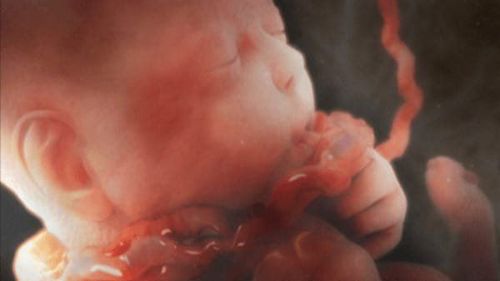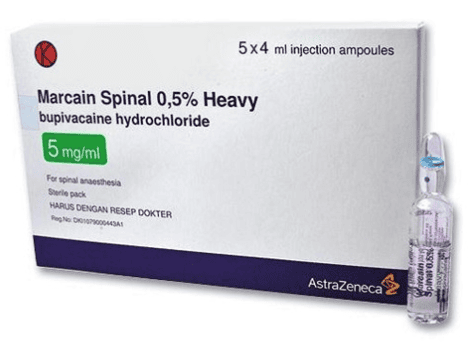This is an automatically translated article.
Faced with an impending birth, the physician as well as the medical staff need to ask the patient, examine and closely monitor the labor process to determine the factors to evaluate the normal delivery, thereby there is a basis to evaluate the birth as well as detect abnormalities for timely treatment.1. Labor
Labor is defined as the process of ending pregnancy, bringing the fetus and placenta out of the uterus through the vagina. Labor usually occurs after 37 to 41 weeks of gestation, with a median of 40 weeks. True labor is often confused with false labor, also known as pre-labor, a few weeks before the end of pregnancy with symptoms of false labor such as: frequent urination, increased vaginal discharge , abdominal loss due to the fetal position entering the pelvis, mild and sparse uterine contractions, no obvious pain, partially dilated cervix, pelvic joint pain.5 factors of labor include:
Uterine contractions causing abdominal pain appear gradually, and last longer, varying from sparse to rapid with a frequency of about 3 contractions/10 minutes, each uterine contraction lasts over 20 seconds. Mucus discharge in the vagina. The cervix is completely or completely erased, dilated more than 2cm. There is the establishment of the amniotic sac, the lower pole of the amniotic sac gradually dilates due to the uterine contractions, causing the amniotic fluid to pool to form the amniotic sac. There is progression of fetal position after each uterine contraction occurs. The stages of labor include:
Stage 1: at this stage the cervix of the pregnant woman is dilated, which can dilate up to 10cm. At this stage, there are two phases, the latent phase and the active phase. The latent phase is usually the dilation of the cervix from 0 to 3cm, progresses slowly and lasts for a period of 8 hours. In the active phase, the cervix will dilate from 3cm to 10cm, the cervix progressed very quickly, in 7 hours with 1cm dilation every hour. The second stage is called the delivery phase, which takes place from the time the cervix is fully dilated to the time the fetus is delivered, with a period of 30 minutes to 1 hour. Stage 3: is the stage of placental birth, from the time of pregnancy to the birth of placenta, the time is about 15 minutes to 30 minutes.
2. Assess the birth

Cơn co tử cung nếu diễn ra nhịp nhàng, đều đặn và thích hợp với độ xóa mở của cổ tử cung thì tiên lượng cuộc đẻ sẽ tốt
2.1 Uterine contractions Uterine contractions If they happen rhythmically, regularly, and suitable for the dilation of the cervix prognostication will be good. The natural frequency of uterine contractions is as follows:
Latent phase: 2-3 contractions/10 minutes Cervical dilation 5-6cm: 3-5 contractions/10 minutes. The period when the cervix is fully dilated and the woman is pushing: 4-6 times/10 minutes. If the uterine contractions are irregular, too strong, it can easily lead to fetal distress, placental abruption, and uterine rupture. Or if the uterine contractions are too weak, the delivery will be prolonged, which also easily leads to fetal distress, postpartum bleeding because of uterine atony or postpartum infection.
2.2 Clearance and opening of the cervix The cervix is in the medial direction, with the axis coincident with the vagina, the assessment of delivery will be good, on the contrary, if the cervix is posteriorly, it will not be good.
Density of a soft cervix is good, and if it is too firm, it will be more difficult because dilation will be difficult.
The greater the degree of cervical dilation, the more favorable it is for childbirth.
2.3 Fetal status and fetal progression If multiple pregnancies occur, labor will be prolonged, which can lead to postpartum bleeding and trauma to the mother.
If the fetal position is the crown position, the breech position is small, and the chin position is first, a normal delivery is possible. If the transverse position is present, labor will be prolonged, post-partum bleeding, and may require interventional delivery with some instruments.
If the fetus is large with a weight of more than 3500g, it will be difficult to deliver, that is, the labor will be prolonged, the contractions will be intense, the pregnancy will fail, the uterus is threatened with rupture, the placenta is aborted, assisted delivery, and postpartum bleeding .
If the fetal heart rate is normal, the assessment of delivery is good, on the contrary, if there are fetal heart abnormalities such as flat rhythm, DIP I, DIP II, DIP III, it is necessary to monitor and evaluate the delivery to detect fetal distress. timely.
2.4 Fetal and Pelvic Correspondence Assess the pregnant woman's pelvis through the anatomical hooks of the upper, middle, and lower waist.
When examining the outside, survey the number of finger strokes for the scapula, the apex of the shoulder.
Internal examination uses the Farabeuf method as well as the ruler method to evaluate the penetration
3. Factors to evaluate a normal birth

Tuổi thai từ 38 đến 41 tuần là một trong những yếu tố đánh giá một cuộc đẻ thường
4. Indication for cesarean section

Mẹ bầu cao huyết áp sẽ được chỉ định mổ lấy thai
The mother bleeds during pregnancy, especially during labor. Mothers suffering from heart, lung, liver diseases, anemia, high blood pressure, preeclampsia, eclampsia, bacterial infections... Mothers aged before 18 or over 35 years old give birth to children compared to or over 40 years old. The interval between 2 consecutive calvings is less than 2 years and more than 4 births. Previously, the mother also had a history of infertility treatment and repeated miscarriages. Mental health is not good. Previously had a cesarean section, Forceps, suction causing bleeding. Snail head is bulging, amniotic membrane is thick. Premature rupture of membranes, premature rupture of membranes, amniotic fluid with meconium and blood, polyhydramnios or oligohydramnios. placenta previa, placental abruption, abnormally short or long cord, prolapse or knotted cord. During labor, there are abnormal uterine contractions such as strong, fast, continuous or weak contractions. sparser and reduced, possibly a contractile disorder. The cervix is thick, hard, and may be edematous, causing slow dilation or no further dilation. Labor lasts longer than the labor chart, latent phase up to 8 hours. The fetal head is jagged, not bent, the position of the fetus is not progressing and there are signs of overlapping or not penetrating the skull. When there are warning signs for a poor prognosis of such a delivery, the obstetrician will consider giving the indication for cesarean section, in order to remove the fetus and its appendages from the uterus by incision. abdomen, uterine incision. Indications for cesarean section are performed when there are signs of unsafe labor, then the fetus is brought out without causing labor and this method will help ensure the safety of the mother and the baby. children in poor birth condition.
The factors that evaluate the delivery will be recorded on the labor chart, to help the medical staff closely monitor the labor and delivery. From the measurement, it is possible to detect abnormalities and have appropriate treatment, usually a cesarean section is indicated.
Vinmec International General Hospital offers a Package Maternity Care Program for pregnant women right from the first months of pregnancy with a full range of antenatal care visits, periodical 3D and 4D ultrasounds and routine tests to ensure that the mother is healthy and the fetus is developing comprehensively. Pregnant women will no longer be alone when entering labor because having a loved one to help them during childbirth always brings peace of mind and happiness.
Please dial HOTLINE for more information or register for an appointment HERE. Download MyVinmec app to make appointments faster and to manage your bookings easily.













